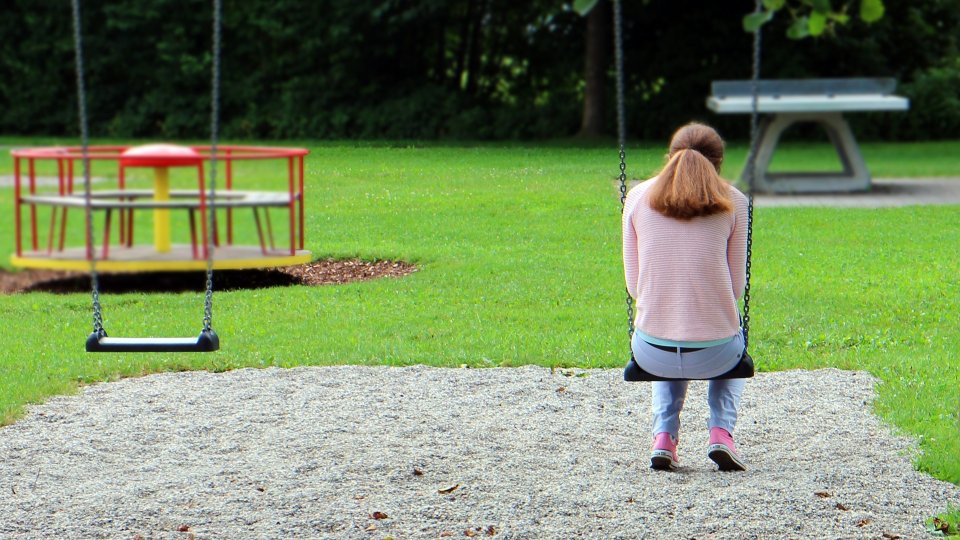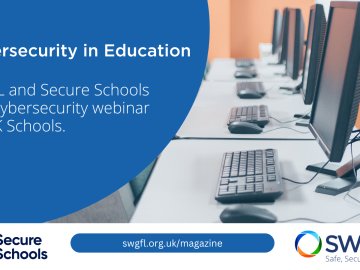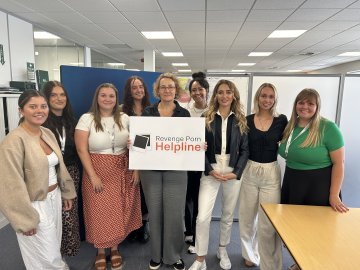Information can sometimes spread like wildfire and rumours and hoaxes around real world violence can sometimes occur within our communities, leading towards incidents involving online and offline harm.
Educational establishments in particular have a critical role to play in preventing and managing such incidents, further establishing the importance of effective safeguarding measures and incident management processes. Here are some steps schools can take to help prevent and manage incidents involving harm on and offline.
Safeguarding Your Community
First and foremost, all staff members should be familiar with their safeguarding responsibilities, incident management processes, as well as reporting procedures. With this responsibility, it’s vital to remind your wider community about where they can go for help if they come across harmful content online, (this can be services such as Report Harmful Content or the Professionals Online Safety Helpline).
Staff should encourage parents and carers to report any concerns they have about children and young people to the school, and advise them about the sources of wellbeing and emotional support available to them and their children (Services such as Childline and The Mix are available for young people).
Ensuring that all members of the community have a safe place to express concerns is an important safeguarding aspect, and anonymous communication tools can be implemented to support this. Be mindful that incidents can have the potential to trigger and re-traumatise survivors of real-world violence, and emotional support must be adequately signposted.
Ensure Policies are Updated
Educational establishments should ensure that their policies surrounding both on and offline behaviour are up to date. Schools are able to review their policy templates online but should also ensure that their risk assessments (including those around digital technologies) are up to date. It is important to remind staff, parents, and pupils about the school’s expectations around behaviour and to reiterate behavioural and acceptable use policies that are in place. As well as this, schools should be familiar with current government guidance and adapt their strategies accordingly.
To support other forms of online and offline harm, educators can also refer to other policy resources to address issues such as harmful sexual behaviour, as an example.
Establish Inclusive Communities
Support your community by being open to critical discussion around school culture and ensure that underrepresented groups are consulted when shaping appropriate change. As part of your school culture, allegations of misconduct/ abuse must be taken seriously by following appropriate procedures including investigating, reporting and responding to incidents.
Behaviour plays a key part in establishing standards, with schools needing to show that misogynistic and victim-blaming rhetoric, as an example, has no place in their communities. Reframing the narrative in these instances can further exemplify why these behaviours should not be tolerated.
Responding to Immediate Harm
If someone is at immediate risk of physical harm or has been assaulted, contact the emergency services on 999. Alongside support from emergency services, there are specific support lines available to respond to particular types of harm. These include services for those who have experienced sexual violence, sexual harassment, intimate image abuse, online safety concerns and harmful online content.
Creating a Safe and Secure Environment
Educational establishments must ensure that their staff, students, and the wider community are aware of the steps they can take to prevent harm, on and offline. By adhering to government guidance, following established incident management processes, and providing emotional support to those affected, educational establishments can create a safe and secure environment for all.
Remember, safety is a collective responsibility, and we all have a role to play in ensuring that our communities are free from harm. We have provided a variety of guidance within this article and to explore this further.






